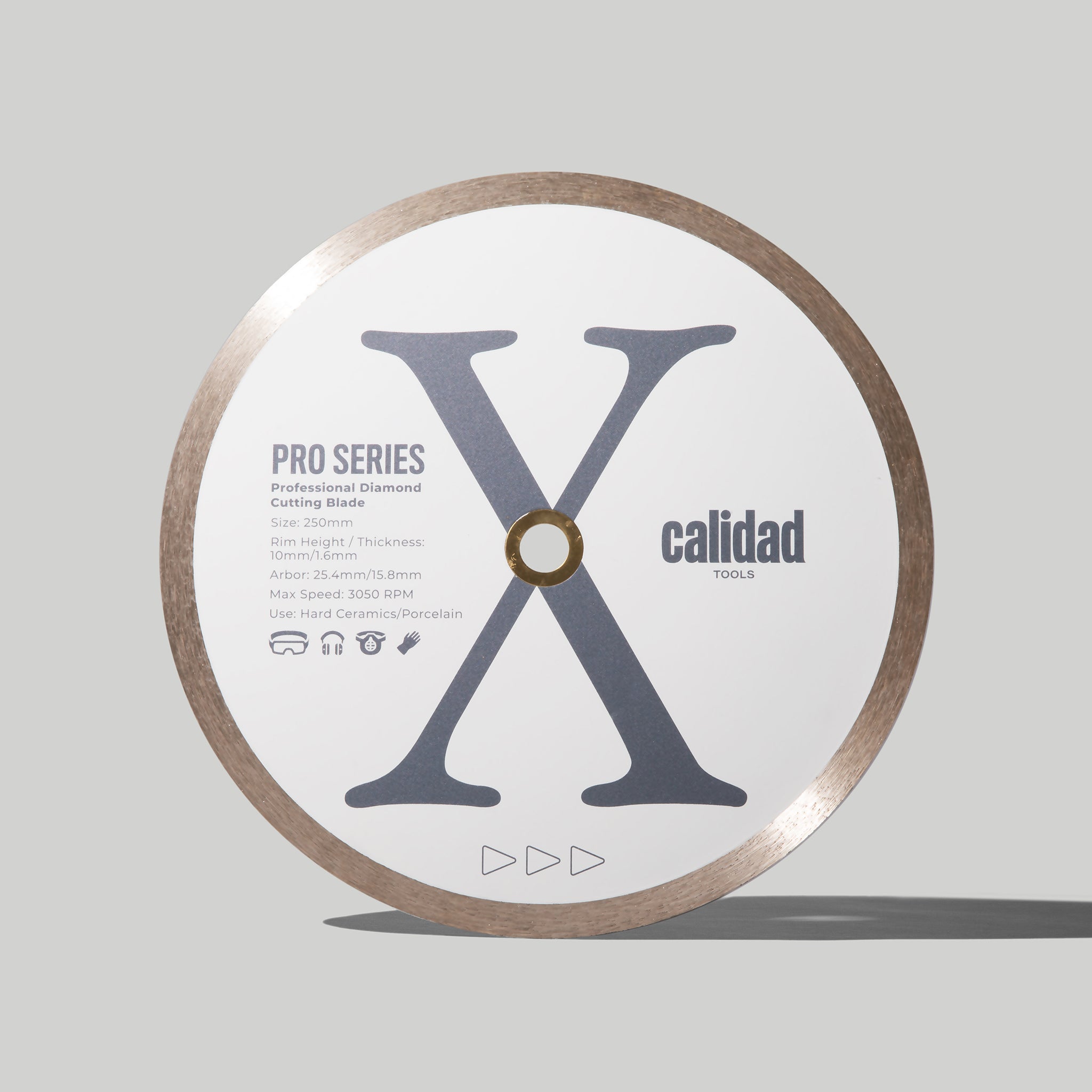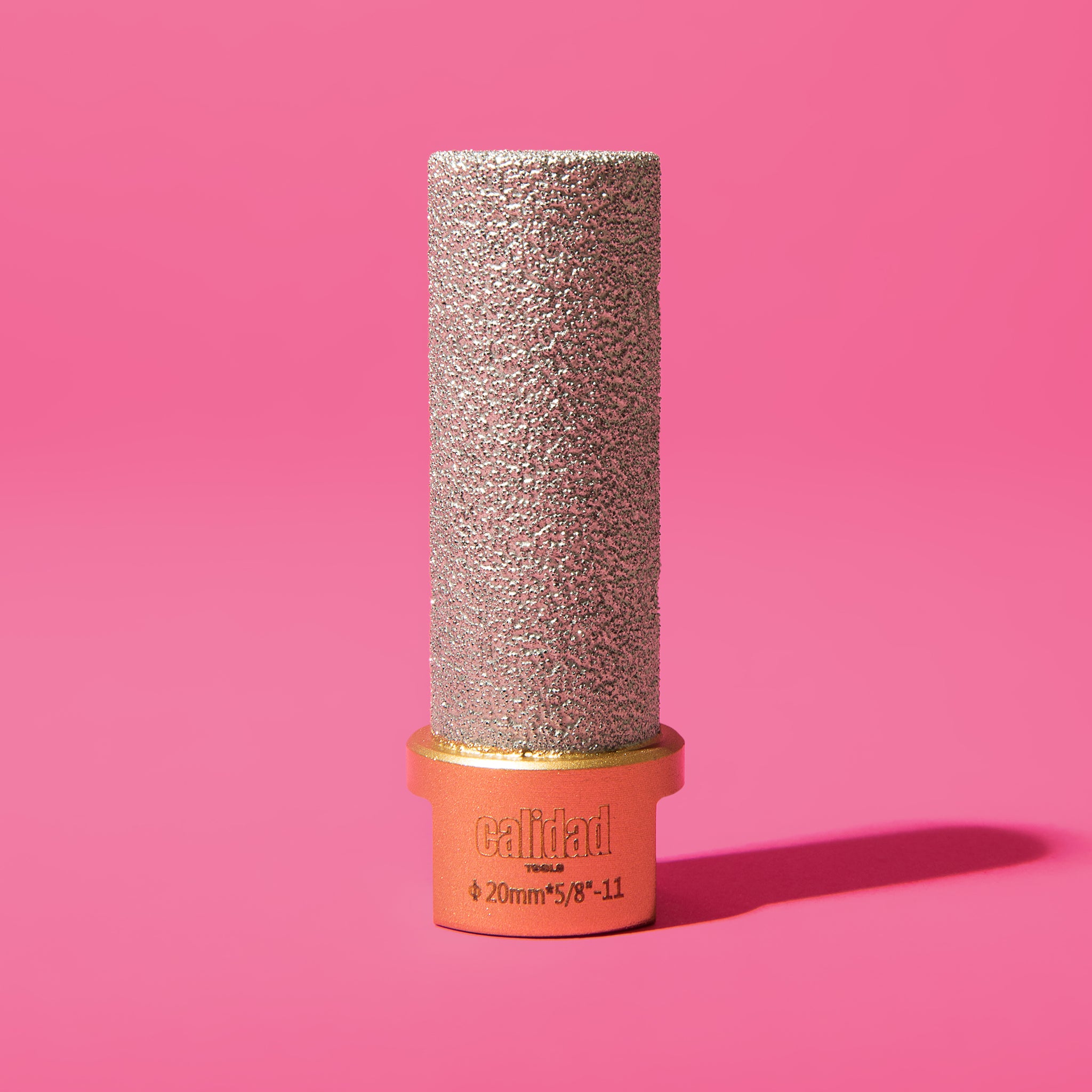Can I Tile Over Drywall? A Complete Guide

If there's one construction material that's ubiquitous in North American homes - that's drywall. And for a good reason too - it's cheap and incredibly versatile. The only problem with it is that it's featureless.
Sure, you can slap a coat of paint or texture on it, but that's as far as you can go. But what if you want to put more visual interest in your space such as tiles? Can you tile over drywall? Well, the short answer is yes.
The longer answer is a bit more complex. Whether you can or can't put tiles on drywall depends on where it's located and what kind of surface it has. Oh, and also, how humid is the area you're putting the tile in.
Can I Really Install Tile Over Drywall?

What About Installing Tile On Drywall That's In A Humid Place?
Considering a home improvement project? Tiling over drywall can be a feasible option with proper preparation. While you don't always need professional help, it's crucial to use the right mortar and prep the surface adequately.
However, there are limitations. Applying tiles in high-humidity areas like bathrooms or outdoors can lead to adhesion issues, posing safety risks with loose tiles. It's important to assess the suitability of drywall before proceeding.

Is Tiling Over Drywall Safe?
Tiling over drywall is a popular choice for homeowners seeking to upgrade their spaces, especially in areas like kitchens and bathrooms. However, it's essential to ensure the drywall is structurally sound and free from moisture damage.
Proper surface preparation involves cleaning the drywall and roughening the surface with sandpaper for better adhesion.
Choosing the right mortar or adhesive is crucial. A latex-modified thin-set mortar is recommended for most tile installations on drywall due to its excellent adhesion and flexibility.
Follow the manufacturer's instructions when applying the mortar or adhesive and pressing the tiles firmly into place. In areas prone to water exposure, sealing the grout lines with a high-quality grout sealer is essential to prevent water penetration and protect against staining and deterioration.
While tiling over drywall can be a DIY-friendly project, it may not be advisable in areas with excessive moisture or structural compromise. In such cases, using tile backer board or cement board as a substrate is recommended for enhanced strength and water resistance.

Are There Any Safe Wet Areas?
While some perpetually wet areas may not be suitable for tiling over drywall due to the associated risks, there are exceptions to this rule. Certain wet spaces can still accommodate tiled surfaces, provided proper precautions are taken.
For instance, many homeowners opt to tile their kitchen backsplashes on drywall to add visual interest and break the monotony of a plain wall. Similarly, bathrooms can benefit from tiled surfaces to inject style into an otherwise utilitarian space.
However, before proceeding with tiling, it's essential to inspect the plumbing and sealing in these areas to identify any potential water leaks or areas where moisture could penetrate.
Addressing these issues beforehand can mitigate the risk of unexpected problems, such as mold growth, and ensure a successful tiling installation in wet areas.
Is There A Difference Between Painted And Unpainted Drywall?

When working with painted drywall, it's crucial to prepare the surface properly before tiling. This process doesn't require much time and can be easily tackled as a DIY project. Begin by cleaning the designated area where tiles will be installed, followed by applying TSP (painter’s degreaser) to remove any grease or grime.
Next, smooth the surface using a sander and fill in any holes or imperfections with spackle. While it's not mandatory, you have the option to paint the drywall before tiling. Keep in mind that the painted surface will be concealed by the tiles, so this step is mainly for aesthetic purposes.
However, if you choose to paint or prime the drywall, it's advisable to scuff up the paint with sandpaper to enhance the bonding of the tiles to the wall. Regardless of whether the drywall is painted or unpainted, it's essential to allow sufficient time for the material to fully dry before applying tiles.
Fresh drywall plaster typically takes a minimum of four weeks to dry completely. Therefore, it's crucial to exercise patience and wait until the plaster is fully dried before proceeding with tile installation.
Can I Install Large Tiles Over Drywall?

Large tiles can be safely installed on drywall, as they typically do not exceed the weight limit of 15 pounds per square foot. Therefore, the drywall should be able to support large tiles structurally, unless you're planning to install exceptionally heavy materials like masonry bricks.
For those aiming to achieve the look of bricks on drywall, thin brick sheets offer a viable solution. These sheets are essentially tiles made of masonry material but resemble traditional bricks.
Another option is a special vinyl product designed to mimic the texture of bricks, which is more budget-friendly and easier to attach to drywall compared to traditional bricks.
How Do I Prep Drywall For Tile Installation?
When dealing with painted drywall, the preparation process varies slightly.
Here's a step-by-step guide on how to prepare painted drywall for tiling:
- Clear the area where you plan to apply tiles, removing faceplates from light switches and outlets and any trim if present.
- Clean the walls using TSP to remove dirt or buildup and ensure optimal tile adhesion. Allow the walls to dry thoroughly before proceeding.
- Address any significant gaps and imperfections by filling them with spackles and sanding them down to create a smooth surface. While perfection isn't necessary, uneven surfaces can affect tile adhesion.
- If spackling is needed, smooth the area and clean it with a damp rag. Allow the wall to dry completely before moving on to the next step.
Painting or priming the walls before tile installation is optional, as the paint or primer won't be visible behind the tiles. However, if you choose to paint or prime, use sandpaper to roughen the surface, promoting a strong bond between the wall and the tile.
It's important to note that in new drywall construction, it's advisable to wait for at least four weeks before tiling to ensure the plaster is fully dry and set.
Choosing the Right Mortar for Tiling Over Drywall
For backsplashes and similar areas, it's recommended to use thin-set mortar when installing tile on drywall. While technically possible to use mastic, it's not ideal for areas with humidity or moisture, making thin-set a safer and more reliable choice for long-term durability.
Conclusion
As you can see, tiling over drywall is more than possible so long as you know what you're doing. You can even install large tiles on drywall with no problems.
We hope this guide helped you with your next tiling project! And if you're looking for high-quality tiling equipment, check out our store! We have everything a DIY-er or a pro needs - from trowles and leveling systems, to saw blades and even safety gear!












